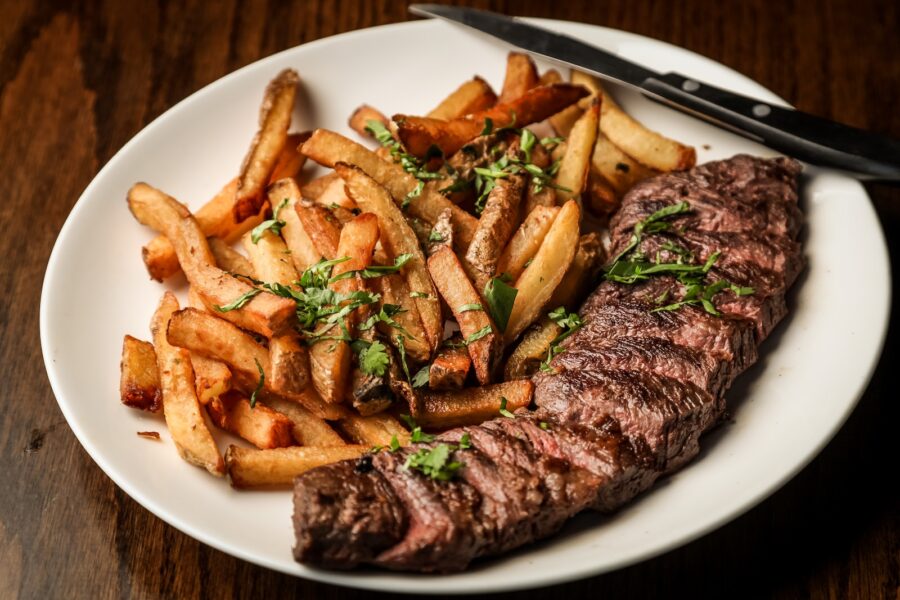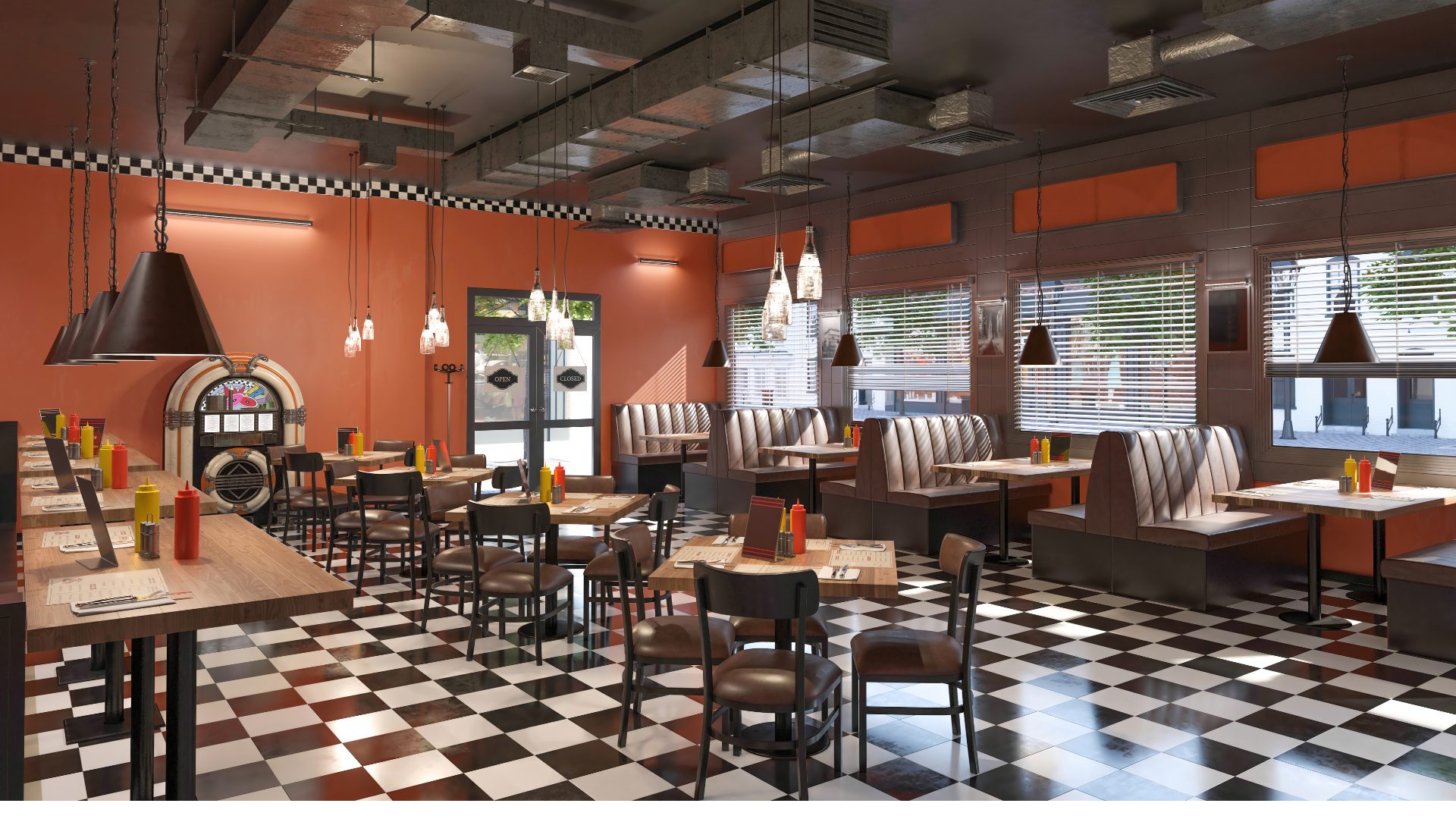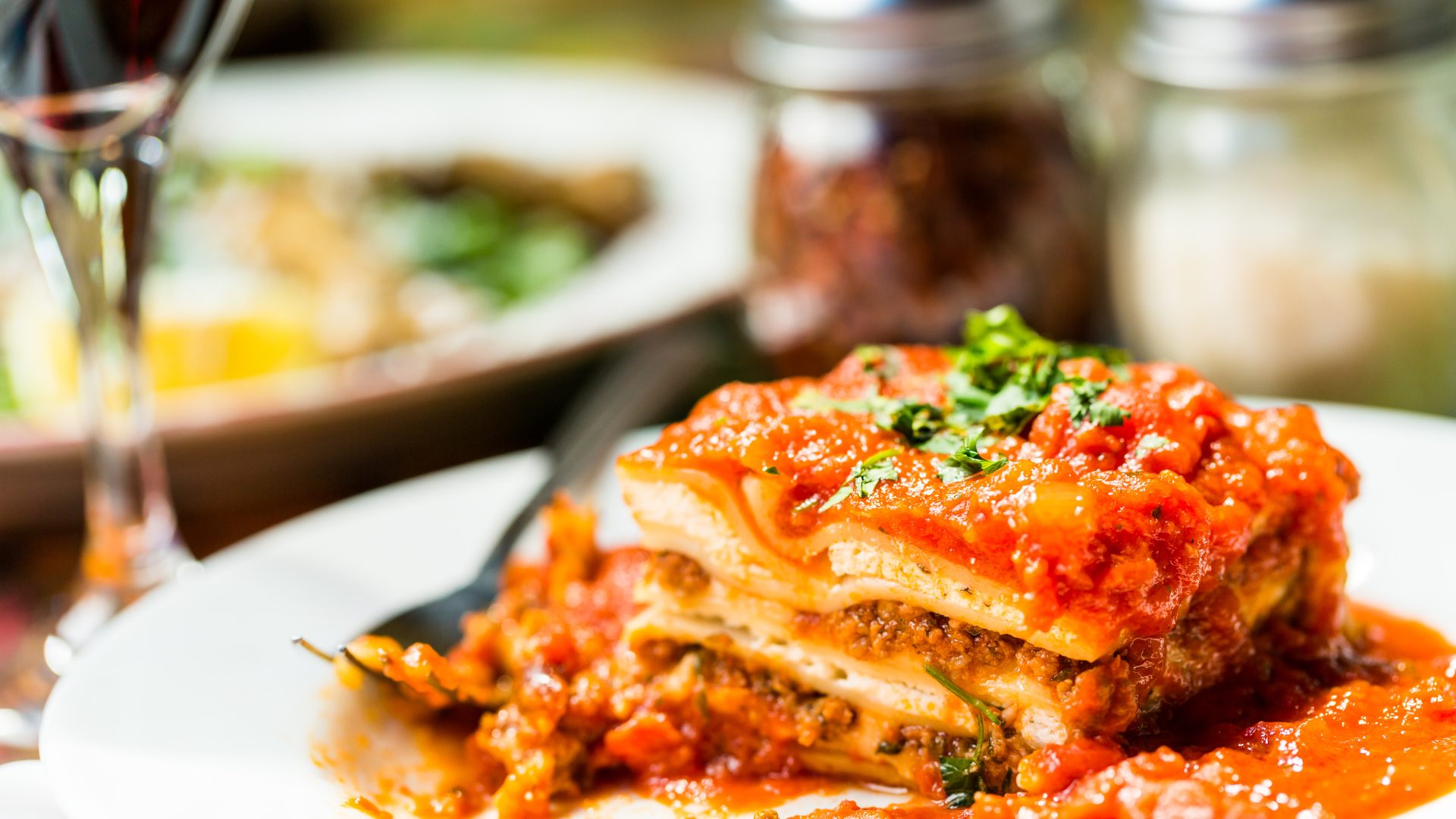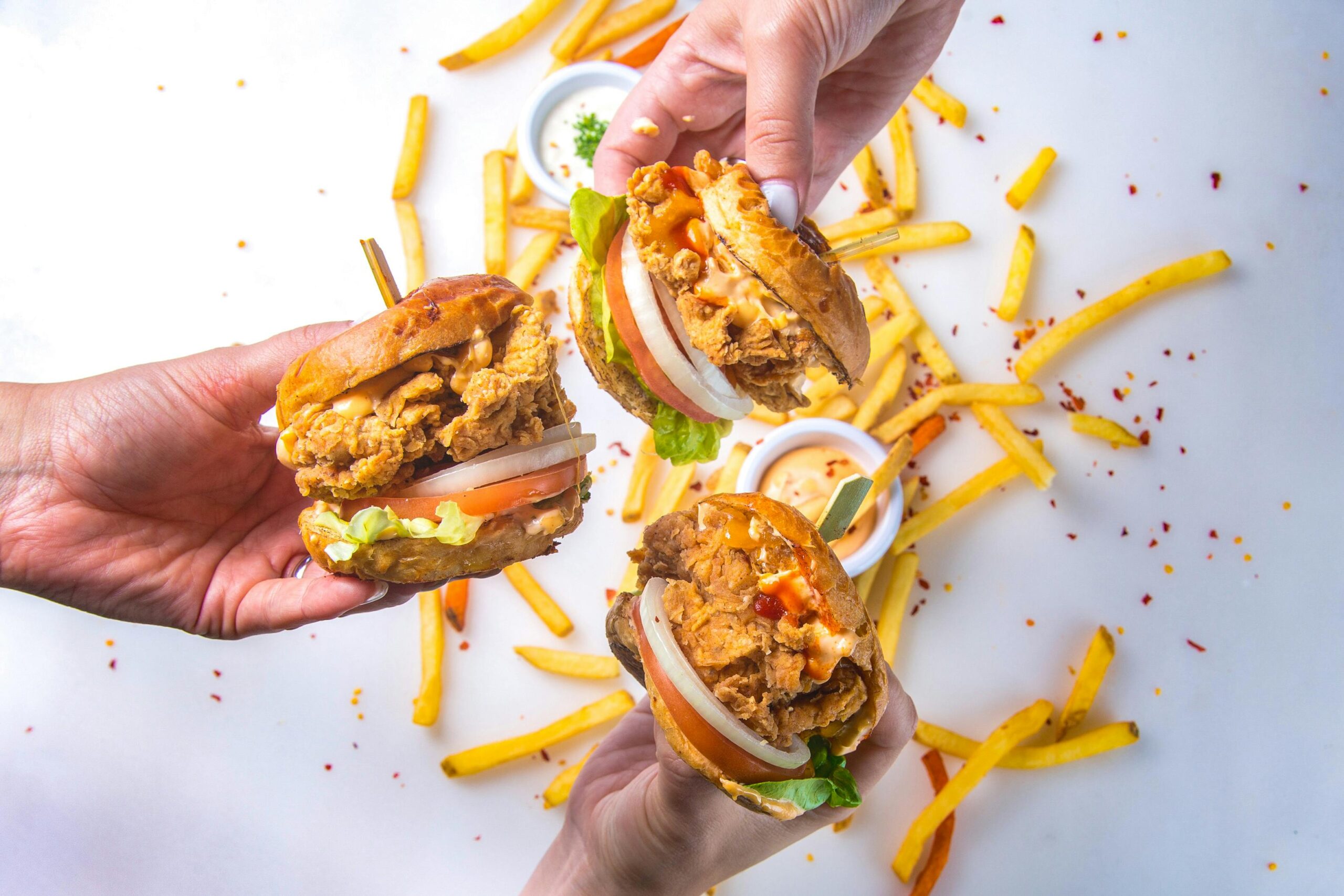Rather quietly, Texas Roadhouse has built itself into one of the two best operators in casual dining, and one of the best operators in the entire restaurant industry. Certainly, Texas Roadhouse stock has been a huge winner, gaining more than 1,200% since its 2004 initial public offering.
That’s not quite Chipotle-level returns (shares in the chain are up 5,000% since that company went public in 2006) but it’s clear outperformance against the rest of the casual dining space.
Texas Roadhouse shares have kept pace with those of industry leader Darden Restaurants, and outperformed Chili’s owner Brinker International (+200%).
It’s been consistently strong performance in the business that has generated such consistently strong performance in the stock. Texas Roadhouse (which is actually based out of Kentucky) did struggle toward the end of the 2000s, as did the entire industry, but that period aside same-restaurant sales have been almost uniformly positive and ahead of peers. The chain has added location growth as well, steadily increasing its footprint from 190 restaurants at the end of 2004 to more than 700 at the moment (including 38 in ten countries outside the U.S.).
Even in a tough environment, Texas Roadhouse continues to post strong results. Same-restaurant sales are up just over 10% through the first three quarters of the year — on top of nearly identical growth the year before. Despite inflation, profit margins have held up, with operating income 7.8% of sales this year against 8.36% in the prior-year period. Perhaps more impressively, profit margins this year are the same as they were in the first three quarters of 2019, obviously a much more benign time for the industry.
To be sure, overall casual dining performance no doubt has been better than skeptics would have predicted 18 months ago. Chili’s has grown same-restaurant sales nicely in recent quarters, including 6% growth in the calendar third quarter. Darden’s Olive Garden remains a standout.
But elsewhere in the industry, the news seems somewhat ugly. Brinker’s Maggiano’s concept remains a laggard. Applebee’s posted a same-restaurant sales decline in Q3, and is barely positive year-to-date despite inflation that should help the headline number. BJ’s Restaurants saw a sharp deceleration in Q3 to just 0.4% comparable growth, and The Cheesecake Factory did just 2.4% against an easy 1.1% year-prior comparison.
On recent earnings calls, executives from those operators have repeatedly discussed the impact of inflation and macroeconomic uncertainty on their customers. And it’s not difficult to have some sympathy. At the same time, however, it’s worth looking at both the results from Texas Roadhouse and the commentary from the company’s CEO.
At the beginning of the third quarter earnings call on October 26, Gerry Morgan told listeners:
“…We have seen the consumer has remained resilient in their desire to dine at restaurants, especially those like ours that offer a quality product with a high level of value, service and hospitality.”
“Our position remains simple,” he added. “We focus on what we can control, which is providing a legendary experience to each and every guest that visits our restaurant.”
It’s that focus that has made Texas Roadhouse such an impressive operator, and provided such impressive returns to its shareholders. Investors — and perhaps customers, as well — would do well to ask if other companies are showing the same focus at the moment.
Vince Martin is an analyst and author whose work has appeared on multiple financial industry websites for more than a decade. He’s the lead writer at (www.overlookedalpha.com) Overlooked Alpha, which offers market-wide and single-stock analysis every week.












